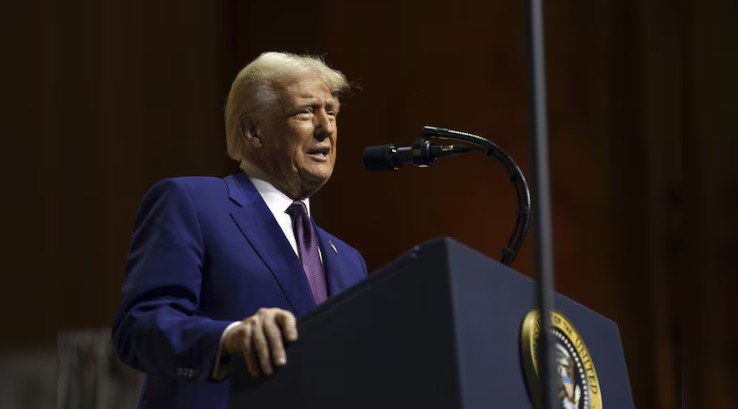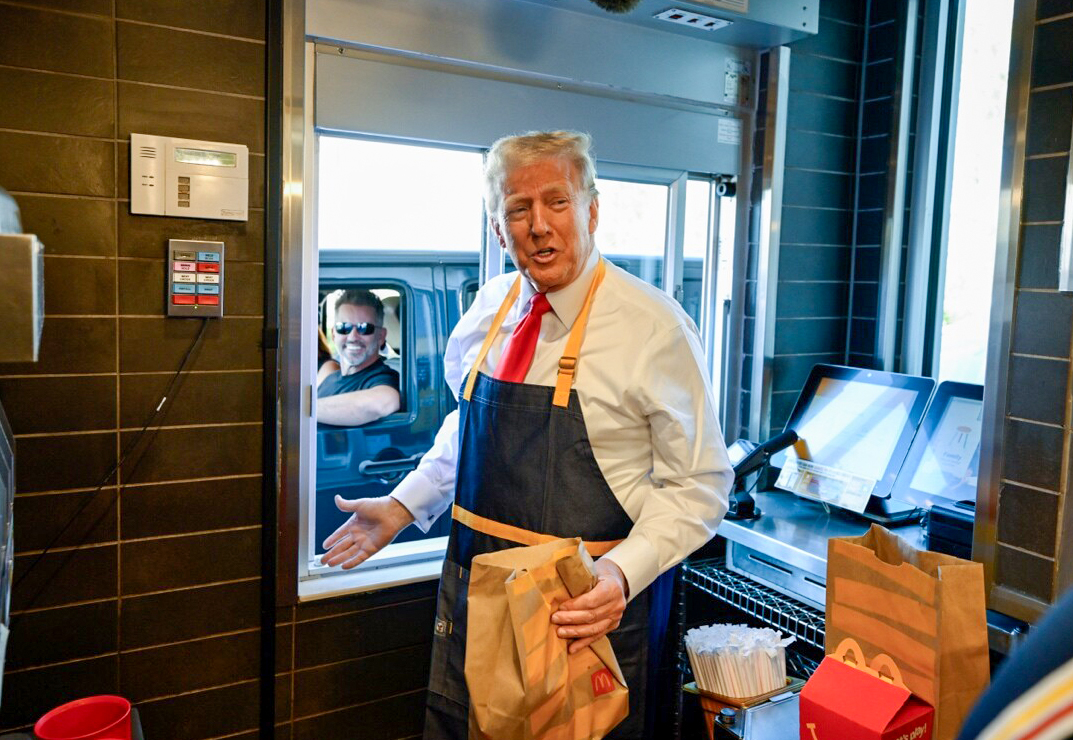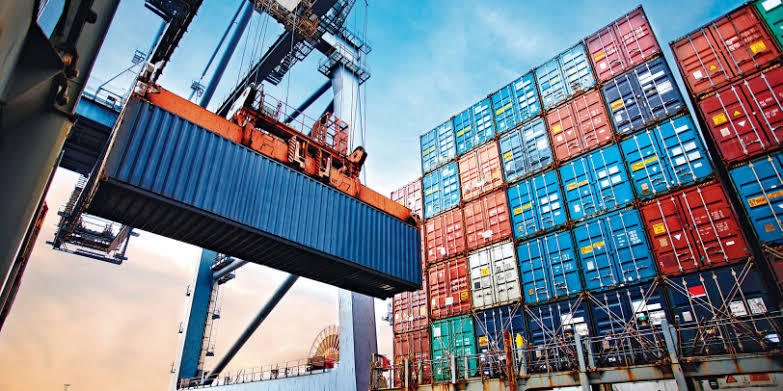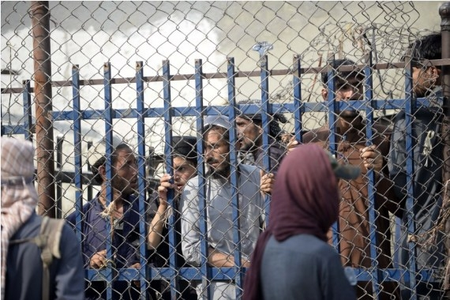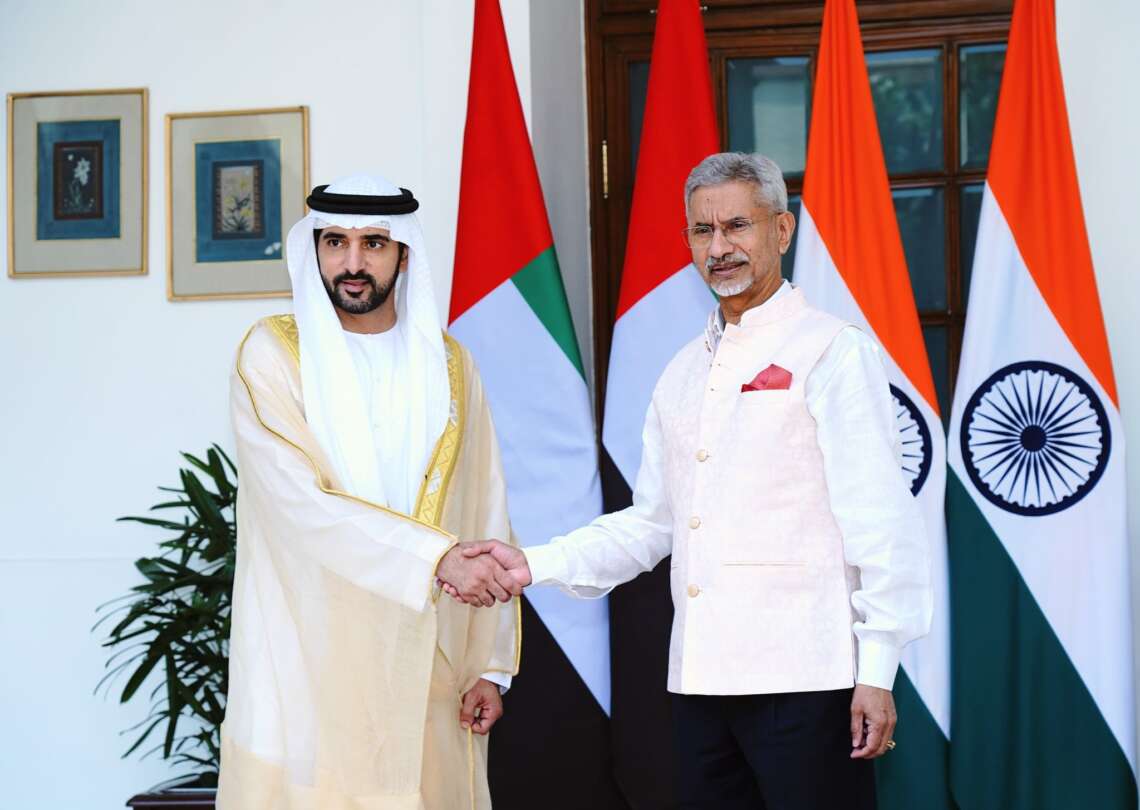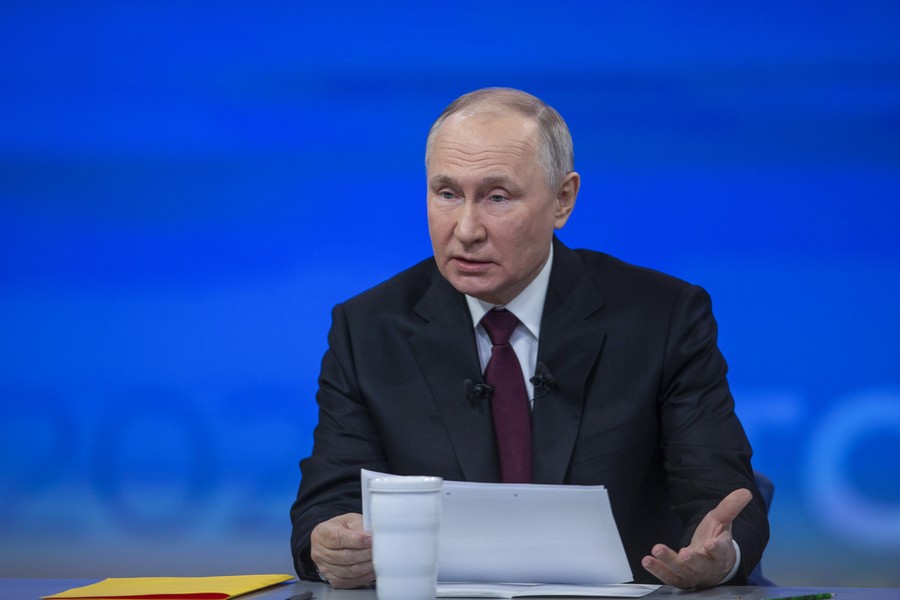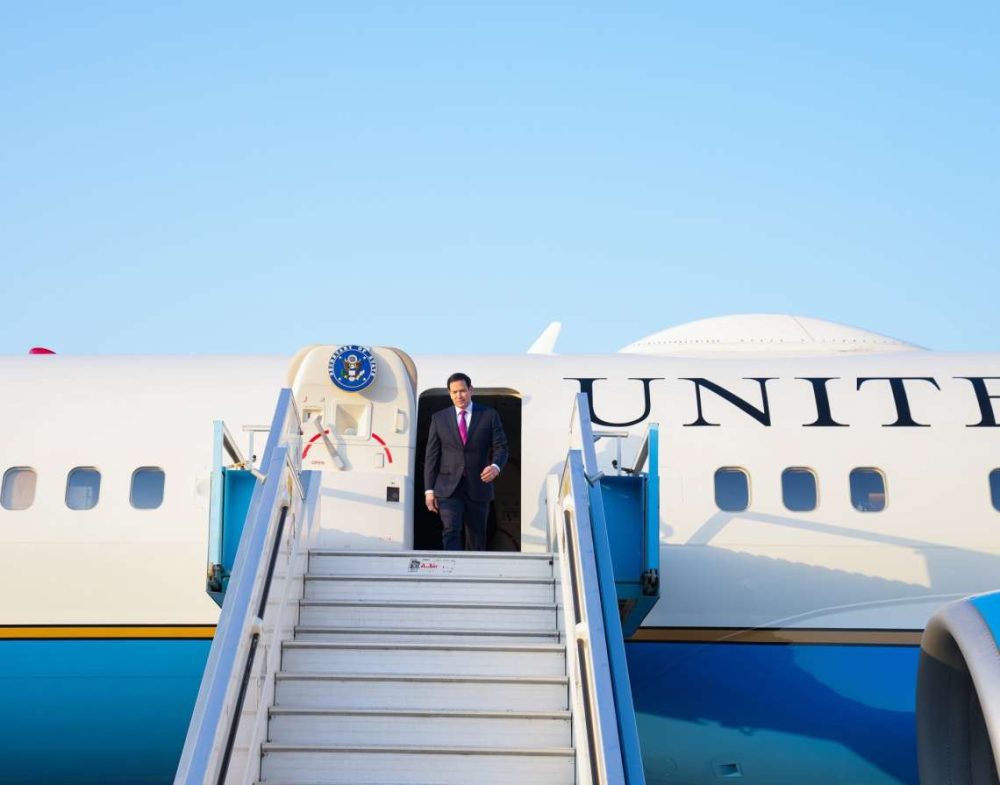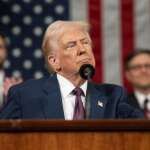This retaliatory step would push total tariffs on Chinese goods to an unprecedented 104 per cent.
President Donald Trump has warned of fresh economic hostilities with China, threatening to slap an additional 50 per cent tariff on Chinese imports, potentially driving total levies beyond the value of the goods themselves. His move signals an intensifying trade confrontation, with Trump also announcing an end to all tariff negotiations with Beijing.
In a post on Truth Social on Monday, Trump declared: “If China does not withdraw its 34 per cent increase above their already long-term trading abuses by tomorrow, April 8, 2025, the US will impose ADDITIONAL Tariffs on China of 50 per cent, effective April 9th.” This retaliatory step would push total tariffs on Chinese goods to an unprecedented 104 per cent.
The escalation follows China’s announcement of its own 34 per cent tariffs on American imports, a direct response to Trump’s earlier round of reciprocal tariffs. The tit-for-tat measures have raised fears of a full-blown trade war, one that economists warn could drive up consumer prices and disrupt supply chains, particularly as US retailers and manufacturers rely heavily on Chinese imports.
Speaking after a bilateral meeting with Israeli Prime Minister Benjamin Netanyahu, Trump doubled down on his stance. “We’re not looking at a pause,” he told reporters. “I don’t mind going through it because I see a beautiful picture at the end.”
He maintained that the aggressive tariff posture is already yielding results with other countries. “We are making tremendous progress with a lot of nations,” he said. “The countries that really took advantage of us are now saying, ‘Please negotiate.’”
One such example, he said, was Japan. After a call with Prime Minister Shigeru Ishiba, Trump noted that Tokyo was sending a high-level delegation to Washington to renegotiate trade terms.
Meanwhile, in a separate development, Secretary of State Marco Rubio spoke with India’s External Affairs Minister S. Jaishankar about reciprocal tariff arrangements between the US and India. According to a State Department readout, the two discussed “how to make progress toward a fair and balanced trade relationship.”
European Union President Ursula von der Leyen also entered the fray, proposing a “zero-for-zero” deal to eliminate industrial tariffs on both sides, including levies on automobiles. “We’re always ready for a good deal,” she posted on X (formerly Twitter), while cautioning that the EU is prepared to retaliate if Washington refuses. Brussels is reportedly planning a two-stage tariff response, with the first set to take effect next week and the second in May.
Despite rising tensions, the US stock market showed signs of resilience on Monday. The NASDAQ managed a slight 0.1 per cent gain, while the broader S&P 500 Index slipped just 0.23 per cent. Markets had briefly surged on speculation of a 90-day tariff pause, but those hopes were dashed when the White House dismissed the rumours.
On Capitol Hill, Trump received mixed reactions. Two Republican Senators, Mike Lee and Ron Johnson, urged the president to consider the EU’s proposal. In posts on X, they advocated for a solution that would avoid further economic fallout.
Though no concessions were announced for Israel, Prime Minister Netanyahu promised to eliminate Israel’s trade deficit with the US, suggesting the bilateral model could serve as a framework for others. “We believe in fair trade, and we’re committed to setting an example,” he said.
The threat of tariffs surpassing product values is rare in global trade history and could mark a significant turning point in US-China relations. Analysts warn that prolonged friction could destabilise global markets and deepen geopolitical divides.
As the April 9 deadline looms, global observers and trading partners are bracing for impact — and watching closely to see if either side backs down.


